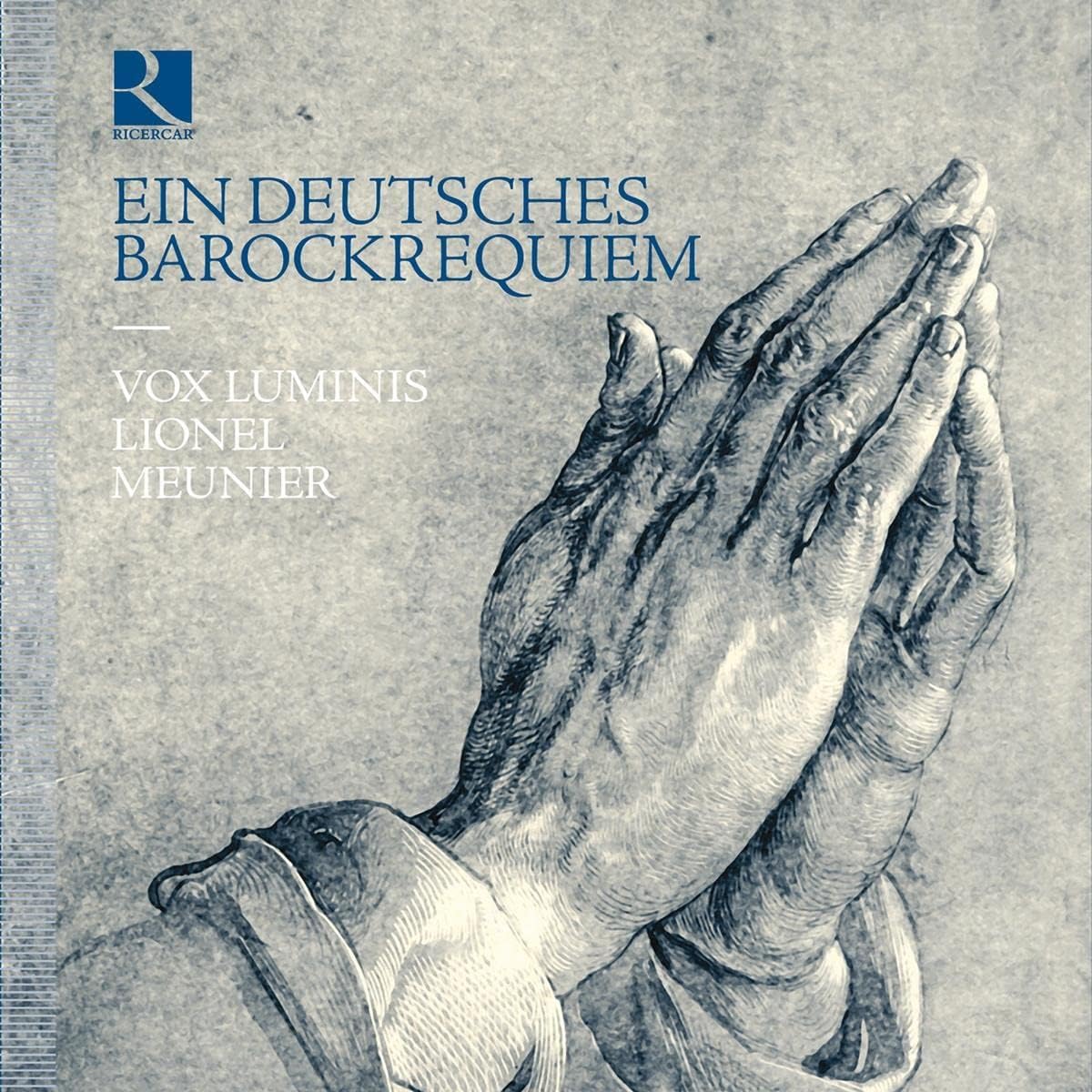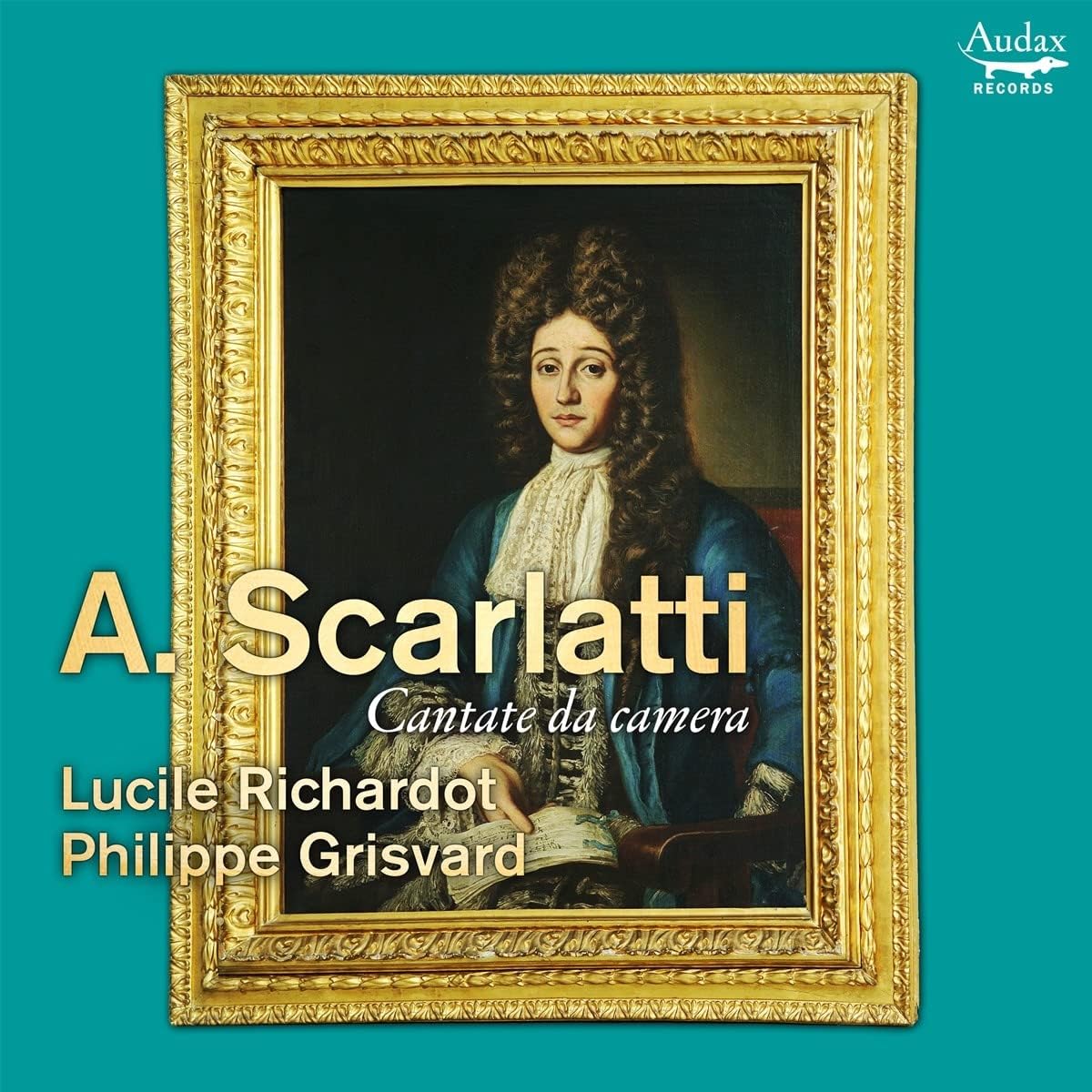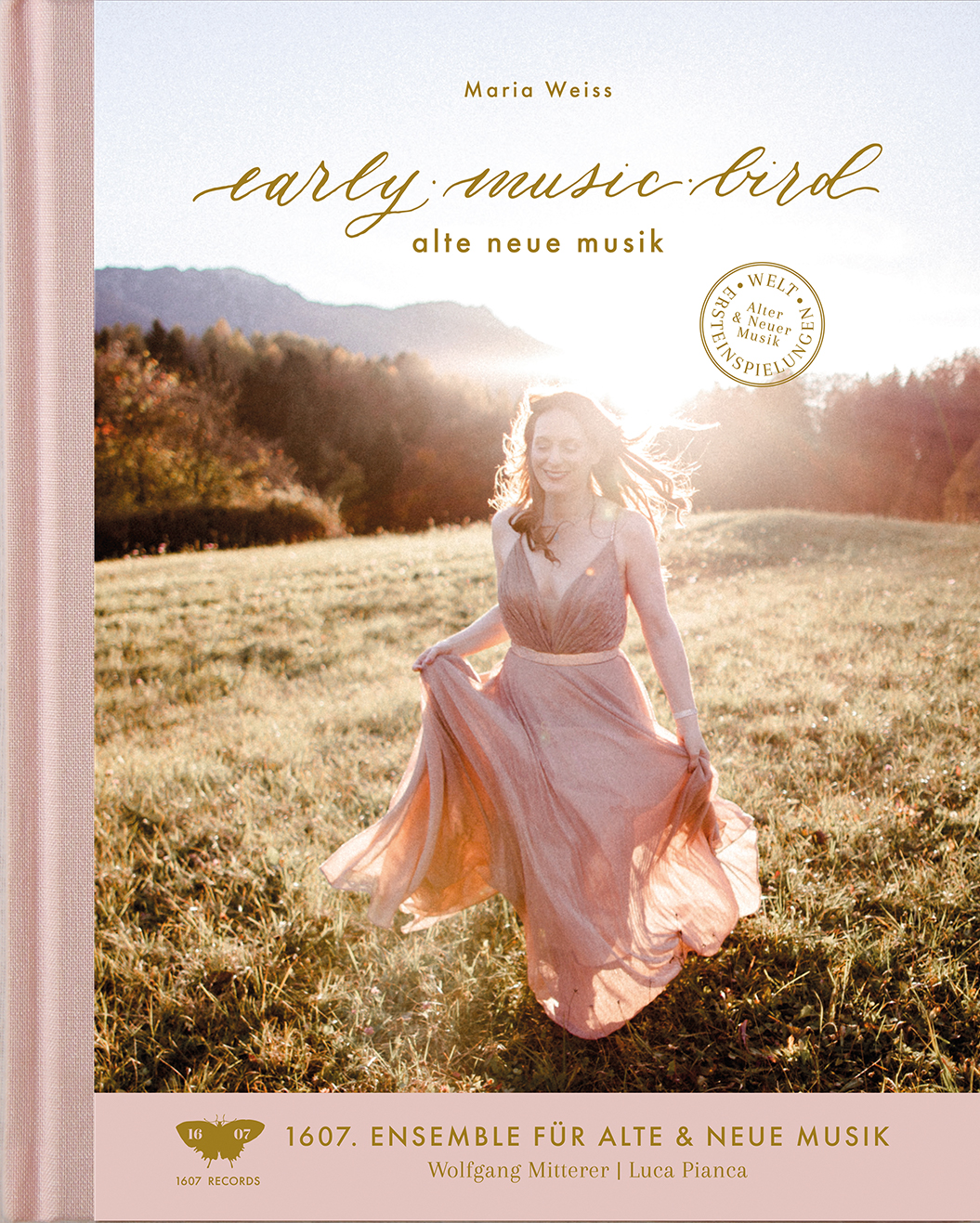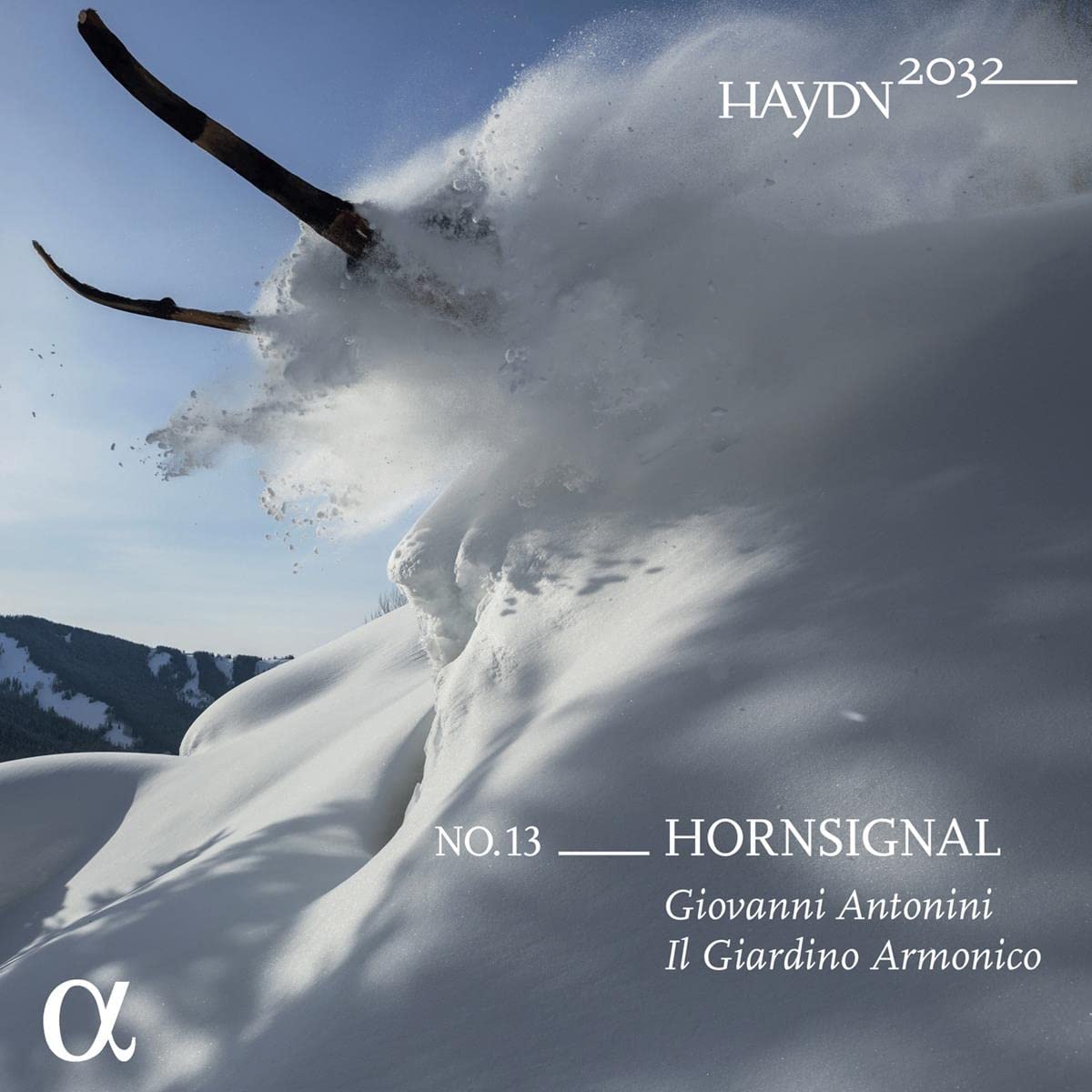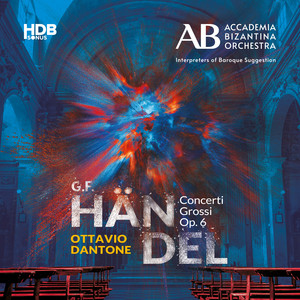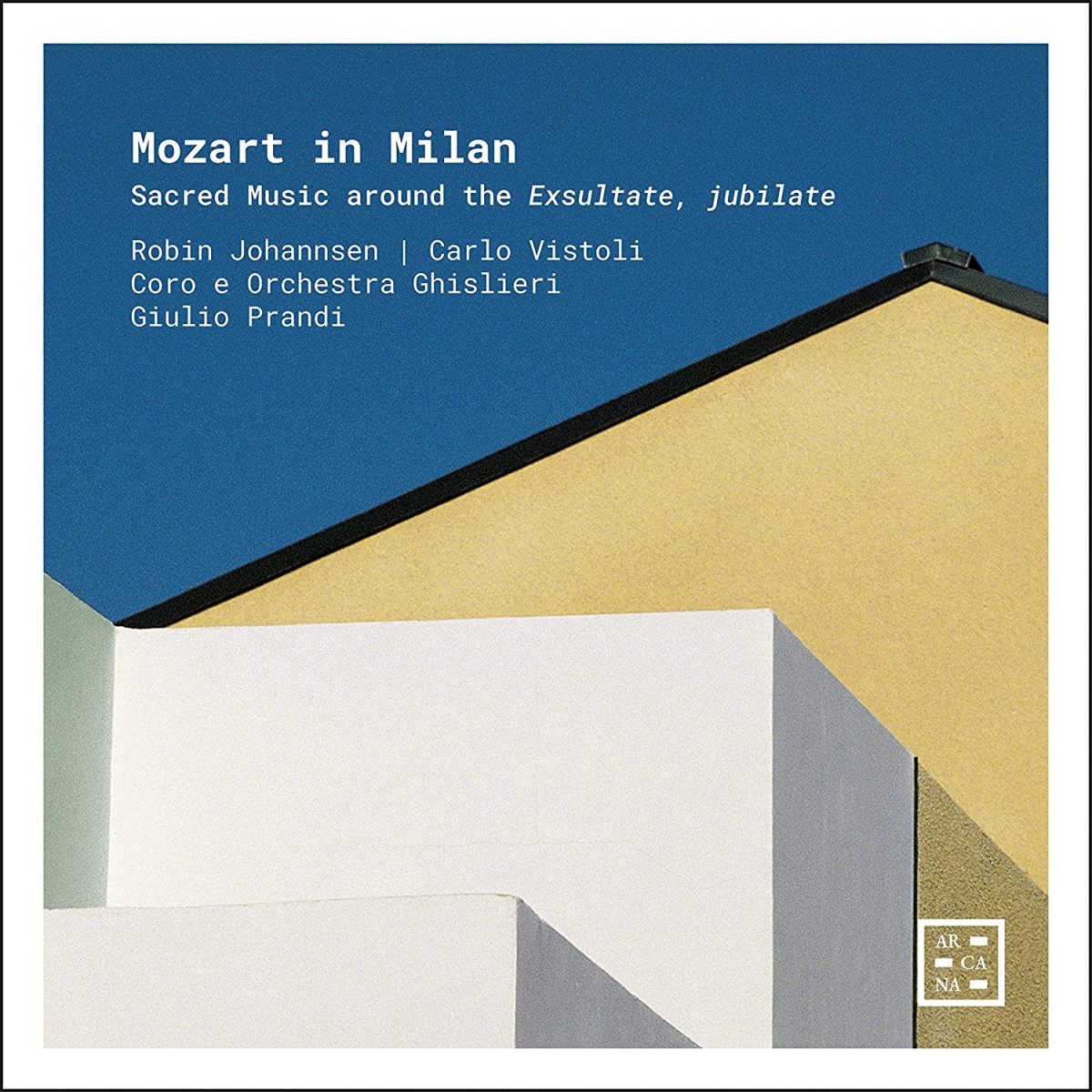Haymarket Opera Company, conducted by Craig Trompeter
170:31 (3 CDs)
Cedille CDR 90000 217
The Afro-French composer Joseph Bologne, Chevalier de Saint-Georges was born in Guadeloupe, then a French colony, around 1745, the son of a local mother and a wealthy planter and nobleman. Little is known about his earlier life other than that he received an all-round education befitting his status. This included not only music but swordsmanship, at which he became one of the most noted exponents of his day. Again we know little of his musical training but he was a fine violinist, good enough to take over the directorship of Gossec’s orchestra, Le Concert des Amateurs in 1773, three years later unsuccessfully attempting to become a leader of the Paris Opéra.
It is as an instrumental composer that Saint-Georges is today best remembered, but he also composed four (and possibly more) opéras comiques, three of which were written for the Comédie Italienne and are now wholly or partly lost. The fourth was L’Amant Anonyme, here receiving its first recording. It differs from Saint-Georges’ other operas in that it was composed in 1780 for the private theatre of Madame de Montesson, the mistress (later wife) of the Duke of Orleans. Cast in two acts, it is a curiously hybrid work. The use of French, the spoken dialogue and the inclusion of ballets all point firmly to the kind of opéra comique developed by Philidor and Grétry. Yet musically the style is decidedly Italianate, as a couple of minutes spent with the quasi-Mozartian overture will reveal. Arias are in a variety of forms; it is interesting to find da capo arias termed ‘ariette’, following the pattern established in the tragedies lyriques of composers such as Rameau.
L’Amant Anonyme has a libretto drawn from a play of the same name by the prolific writer the Comtesse de Genlis. The simple plot involves the intrigues of Valcour, the anonymous lover of the title to win the love of the young widow Léontine, who he has loved in silence for four years but who has finally decided to ‘come out’. The only other characters are their confidants, respectively Ophémon and Dorothée (a non-singing role that the notes suggest may have been played by Madame de Montesson herself) and a young peasant couple, Jeannette and Colin, who are on the cusp of marriage. A certain faux-naiveté informs both the plot and much of the music.
The recording stems from the Haymarket Opera Company, which is based in Chicago and specialises in period productions; the pictures in Cedille’s splendidly produced booklet suggest spectacularly lavish costumes. The performance is pleasant enough but in truth lacking any real distinction. The potted biographies of the singers reveal that none are early music specialists – a curious anomaly for a company devoted to HIP – as is readily revealed by the amount of continuous vibrato on show. The best of them is the Léontine, Nicole Cabell, who does well by the score’s finest and most extended number, the act 2 ariette ‘Du tendre amour’, but is elsewhere apt to become shrill in her upper range. The French dialogue is spoken with varying degrees of success, but if you don’t want to hear it the third CD contains just the musical numbers.
This a brave effort that deserves praise simply on the grounds that it is an ambitious project – even the music needed editing – executed honestly and with integrity. I’m not convinced that it reveals Saint-Georges to be more than a talented secondary composer and don’t think the note writer’s hyperbole helps his cause any more than the occasionally used lazy appendage, ‘the black Mozart’. Among other things he asks us to look on L’amant anonyme as some kind of trailblazer, remembering that in 1780 Mozart had yet to write any of his, quote, ‘major’ operas. True, but La finta giardiniera predates L’amant by five years and the comparison is invidious. Case dismissed.
Brian Robins

